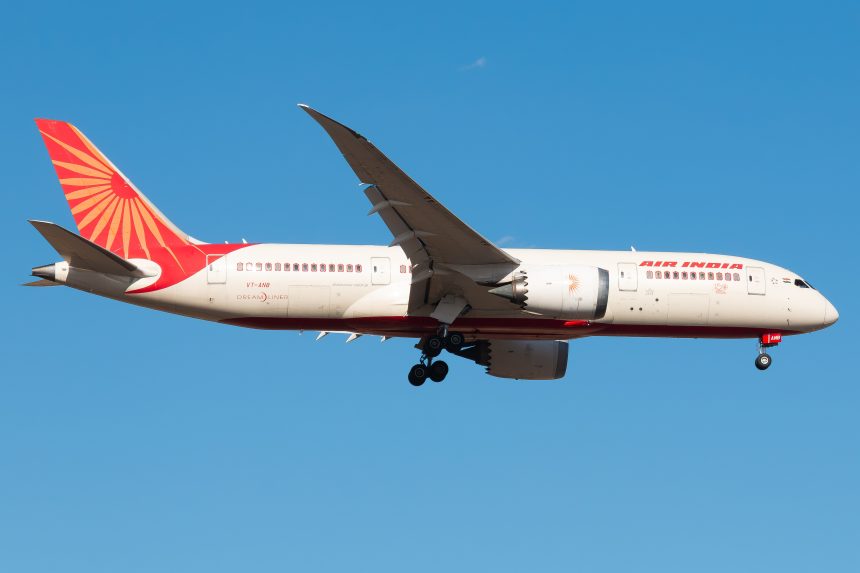Scooter Safety Measures Issued by DGCA
On July 14, 2025, India’s aviation regulator, the Directorate General of Civil Aviation (DGCA), mandated that all airlines operating Boeing 787 Dreamliners and select Boeing 737 variants complete comprehensive inspections of the locking mechanisms on fuel control switches by July 21. This directive comes in direct response to preliminary findings from the June crash of Air India Flight 171 near Ahmedabad, where both engines lost thrust seconds after takeoff when fuel switches were moved from RUN to CUTOFF.
Why the Lock Checks Matter
The 2018 FAA Special Airworthiness Information Bulletin already highlighted a risk: fuel control switch locks could complacently disengage, allowing unintended movements. Although Boeing and FAA stated the design was safe, the catastrophic engine shutdown on AI 171 triggered urgent re-examination—prompting both international carriers and India’s DGCA to initiate proactive inspections.
Scope of the Inspection
The safety checks extend to models including Boeing 737‑700/800/900ER, 767, 787‑8/9/10, and several older 747/757 variants. Indian operators affected include Air India, IndiGo, SpiceJet, and Air India Express—totalling nearly 150 Boeing aircraft in active fleets.
Global Echoes and Carrier Responses
Following India’s lead, South Korea is set to issue a similar directive, while global carriers such as Singapore Airlines, Qantas, ANA, Korean Air, and Japan Airlines have undertaken voluntary inspections. Air India has already inspected approximately half its 787 fleet and most of its 737 aircraft with no defects found.
Proactive, Not Reactive: DGCA’s Approach
In its directive, the DGCA referenced the 2018 FAA bulletin and asked airlines to submit their inspection plans and reports post-inspection, emphasizing a deadline of July 21 to ensure airworthiness and passenger safety.
Beyond the Switch Lock—Addressing Deeper Issues
While mechanical failure hasn’t been confirmed, the Aircraft Accident Investigation Bureau’s preliminary report found the fuel switches were in the cutoff position around three seconds after liftoff. The AAIB indicated the cockpit voice recorder captured a tense exchange:
Why did he cut off? I did not do so.
This has raised suspicion of potential pilot error or mechanical anomaly, but no definitive cause has been attributed yet.
What Comes Next
- DGCA oversight continues: All affected airlines must submit inspection outcomes by the deadline.
- International coordination: Regulators in Korea, UAE, Japan, and others may adopt enhanced safety measures.
- Final crash report due in 12 months: The thorough investigation will probe mechanical integrity, cockpit procedures, and regulatory compliance involving Boeing and FAA advisories.
Bottom Line
India’s decisive action underscores the urgent need to confirm the integrity of fuel-switch locking systems after a deadly crash exposed a vulnerability. By mandating swift checks and aligning with global efforts, the DGCA aims to restore confidence in safety protocols and prevent a repeat of the tragedy that claimed 260 lives.











